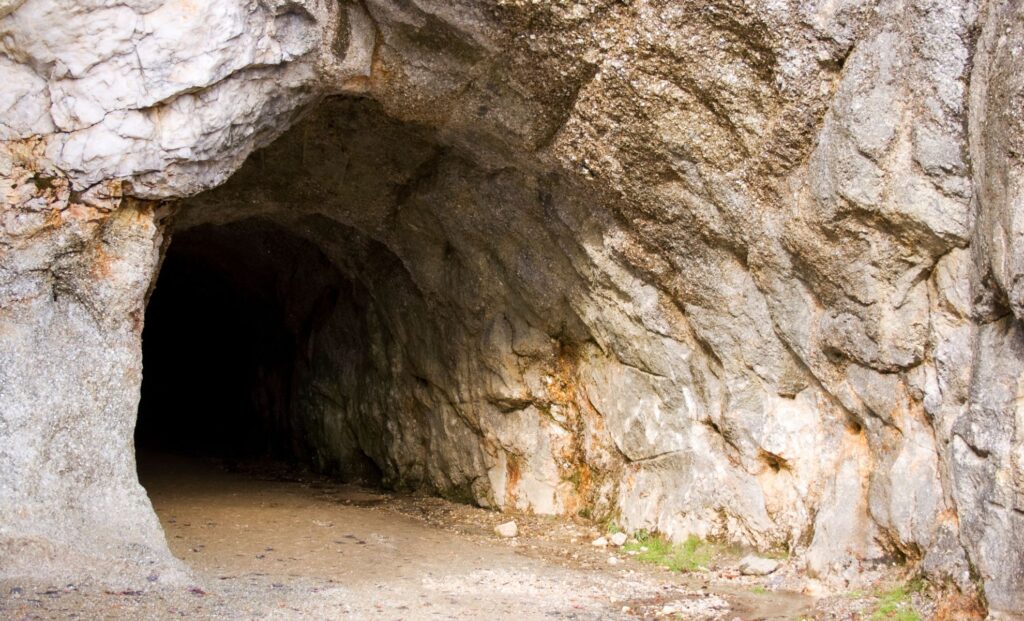For years, scholars assumed that sophisticated seafaring and the establishment of island communities came much later in human history. However, recent excavations from the Mindoro Archaeology Project have uncovered evidence that early humans adapted to and relied on the sea for sustenance and connectivity much earlier than previously thought. These discoveries reveal a complex maritime culture, reshaping our understanding of human migration patterns and survival strategies during the Paleolithic era.
Maritime Skills in the Paleolithic Era
According to the Mindoro Archaeology Project, which has been exploring caves in the region since 2010, the evidence collected from sites like Bubog 1 and Bilat Cave spans up to 40,000 years. These findings include tools, animal bones, and an array of marine shells. The key takeaway from these excavations is that early humans were not only living on the islands but were skilled seafarers. The large quantities of open-water fish and shells from reef areas indicate that the people of Mindoro had mastered techniques to harvest marine life and navigate the challenging waters between islands.
This evidence refutes the notion that such maritime capabilities developed only in later stages of human evolution. Instead, it suggests that early human communities were already adapted to island living and long-distance seafaring at a time when most scholars believed water crossings were beyond the reach of Paleolithic humans.

A Network of Island Communities
The findings also point to an intricate web of communication and trade among the islands of Southeast Asia. Archaeological sites across Mindoro reveal a shared cultural footprint, with similar tools, techniques, and marine resources appearing across different regions. This consistency supports the idea that these early humans were not isolated but part of an interconnected network that spanned the Philippine archipelago and beyond, likely reaching the Southeast Asian mainland.
According to the research, evidence of material culture such as stone tools and marine animal remains suggests that these communities exchanged knowledge and resources over long distances. The seas, rather than being barriers, served as highways linking disparate groups, allowing for cultural and technological transfer long before the advent of agriculture and metallurgy.


Adapting to the Island Environment
The daily lives of these early islanders were shaped by the challenges of island living, from fluctuating resource availability to unpredictable weather patterns. The archaeological team uncovered clear signs of adaptation to these environmental pressures. Coastal layers from the caves reveal that people relied heavily on shellfish and reef fish, which could be harvested consistently. These resources likely provided a stable food supply, even in times of scarcity.
The strategic use of both land and marine resources shows how the early people of Mindoro balanced risk and reward. The mixed diet of shellfish, pelagic fish, and land animals reflects a flexible strategy, allowing these communities to weather environmental changes, such as fluctuating sea levels or storms. The discovery of tools crafted from stone, bone, and shell further underscores their capacity to innovate and meet the demands of island life, signaling the sophistication of their survival strategies.
These findings are a reminder of the resourcefulness of early humans. By mastering the sea and forging links across the archipelago, they not only survived but thrived in a world much less hospitable than the one we know today.

